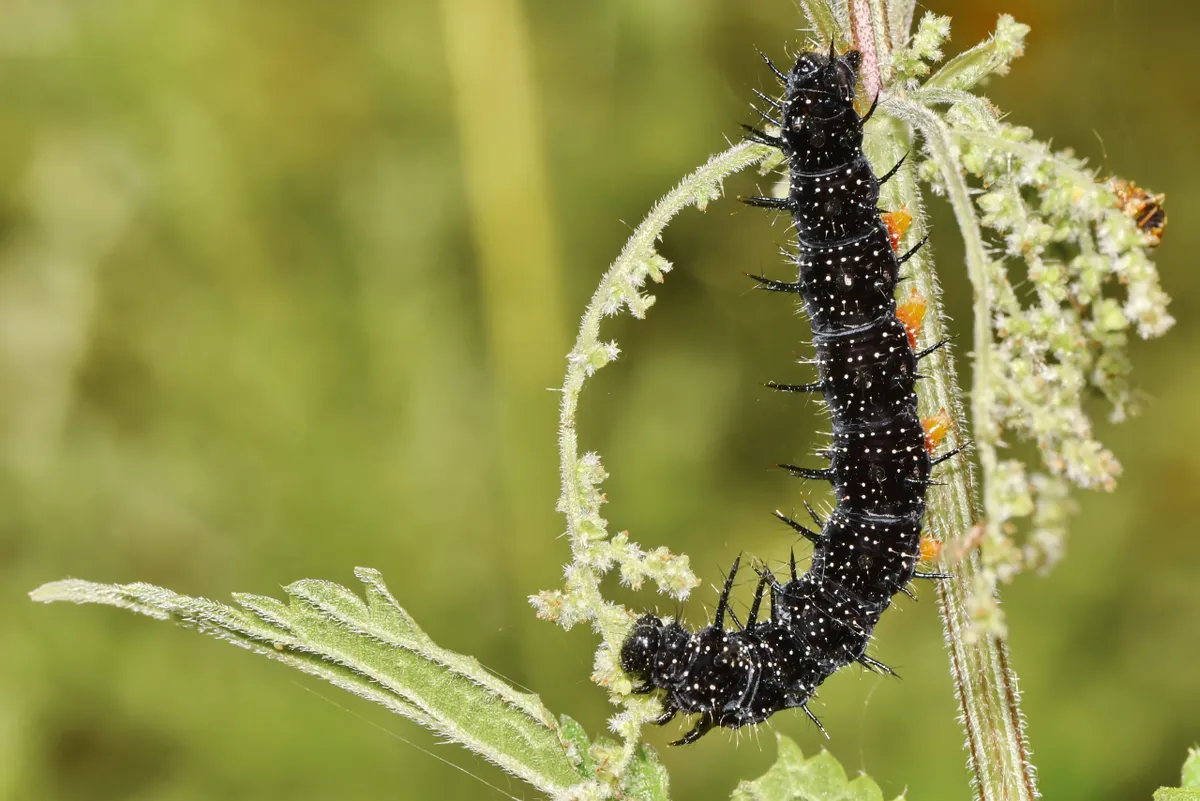"It’s easy enough to plant species that butterflies like to feed on, but you need to do more than that to support your local populations," says Butterfly Conservation’s Richard Fox.
“Having a range of nectar-rich plants will bring local butterflies to your garden, but you also need to think about providing the habitat and foods for caterpillars that are likely to live there. It’s best to concentrate on species that already visit, perhaps the holly blue, brimstone and orange-tip, rather than trying to attract butterflies from further afield.”
Here are our tips for creating a butterfly-friendly garden:
Water your plants
Plants that are well watered stay healthy and produce more nectar for hungry butterflies. Don’t use insecticides and pesticides. You can prolong flowering by deadheading flowers and mulching with organic compost.
Welcome wild corners
Many caterpillars and pupae hibernate on the ground and among dead foliage. Tall grass with wildflowers is ideal for gatekeepers; large, small and Essex skippers; and meadow browns.
Protect peatbogs
Avoid using peat-based compost. Peatbogs are home to a number of important species including the large heath butterfly, and you can easily buy alternatives that don’t compromise this important wildlife habitat.
Offer caterpillar foods

A small patch of stinging nettles behind a garden shed can offer a range of butterflies, including red admirals, peacocks and commas, a valuable place to lay eggs.
The holly blue butterfly lays eggs on holly in spring and then switches to ivy in late summer. The caterpillars only feed on ivy flowerbuds, so you need to allow ivy to flower. The flowering ivy is also attractive to moths, hoverflies and bees such as ivy bees.
Trim carefully
Many moths and some butterflies breed in trees and shrubs, including native hedges. Brimstones lay eggs on buckthorn and alder buckthorn. Maintain habitat by only trimming parts of native hedges each winter.
Plant in the sun
Butterflies seek out warm, sheltered parts of your garden where you need to cultivate nectar-rich flowers that offer a food source from early spring, when they are coming out of hibernation, through to late autumn. Make sure there are some rocks as well, where these insects can bask.
Main illustration: Gardening for butterflies. © Stuart Jackson Carter